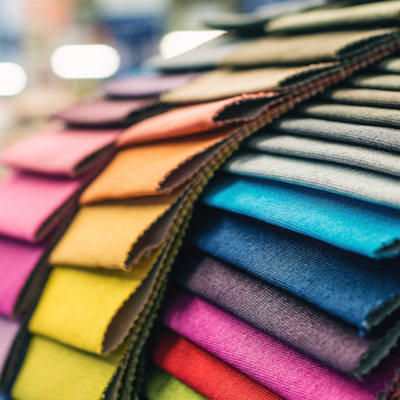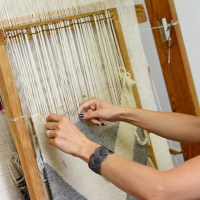
What is textile?
Textile is the term used to describe a flexible material formed by weaving, felting, crocheting, knitting or knotting long strands of natural or artificial yarn or thread. Textile artists often create their own textiles, or use selected ones in fabric art compositions.
Image © Oleksandr Berezko/Shutterstock- Show All
- Established
- Discoveries
ARTWORKS RELATED TO TEXTILE

In 1981 Patti Aster opened the first art gallery in East Village. She helped launch the careers of several various artists and musicians. It all started out as a small gallery, but began to gain popularity and pop up more frequently, and eventually making East Village the starting point for other art movements such as Neo-Expressionism and Street Art. The Gallery closed in 1985 due to loss of interest.












